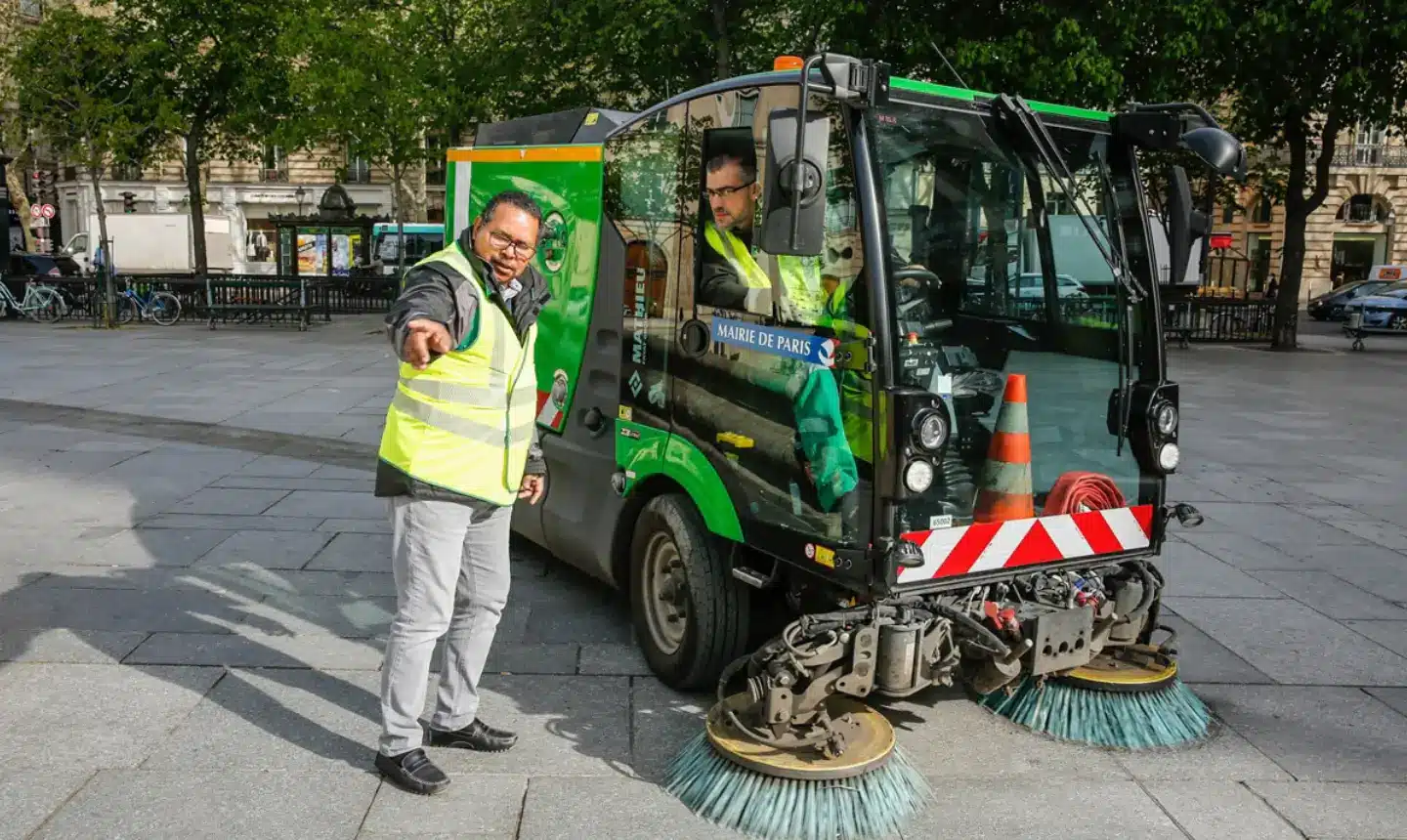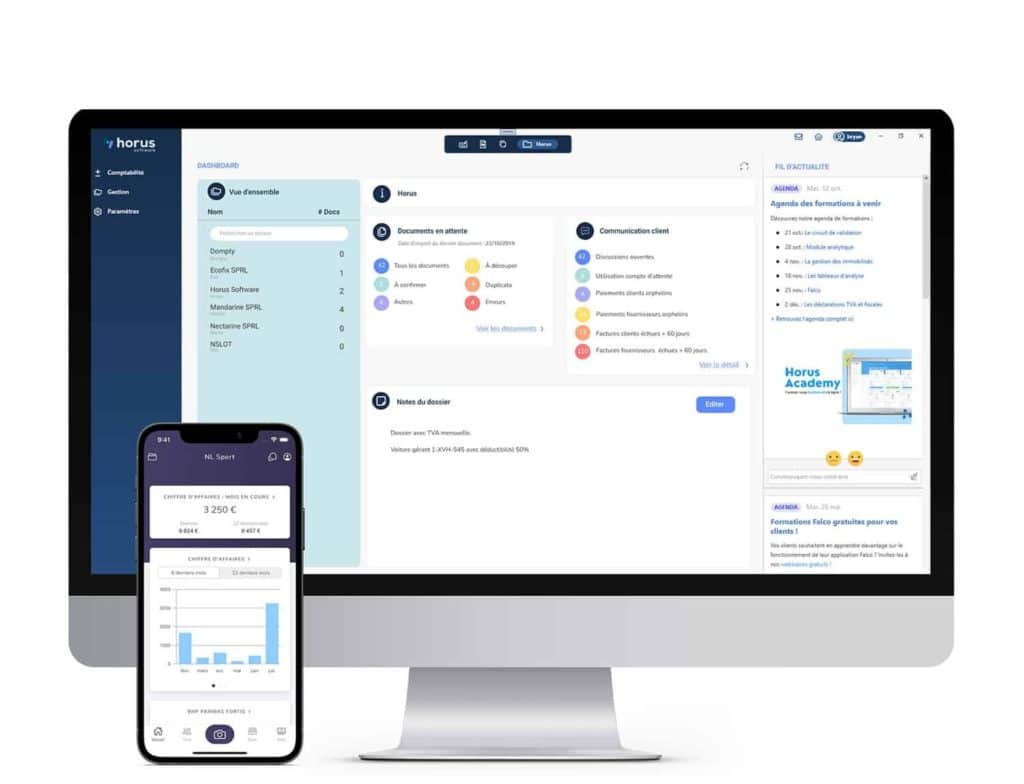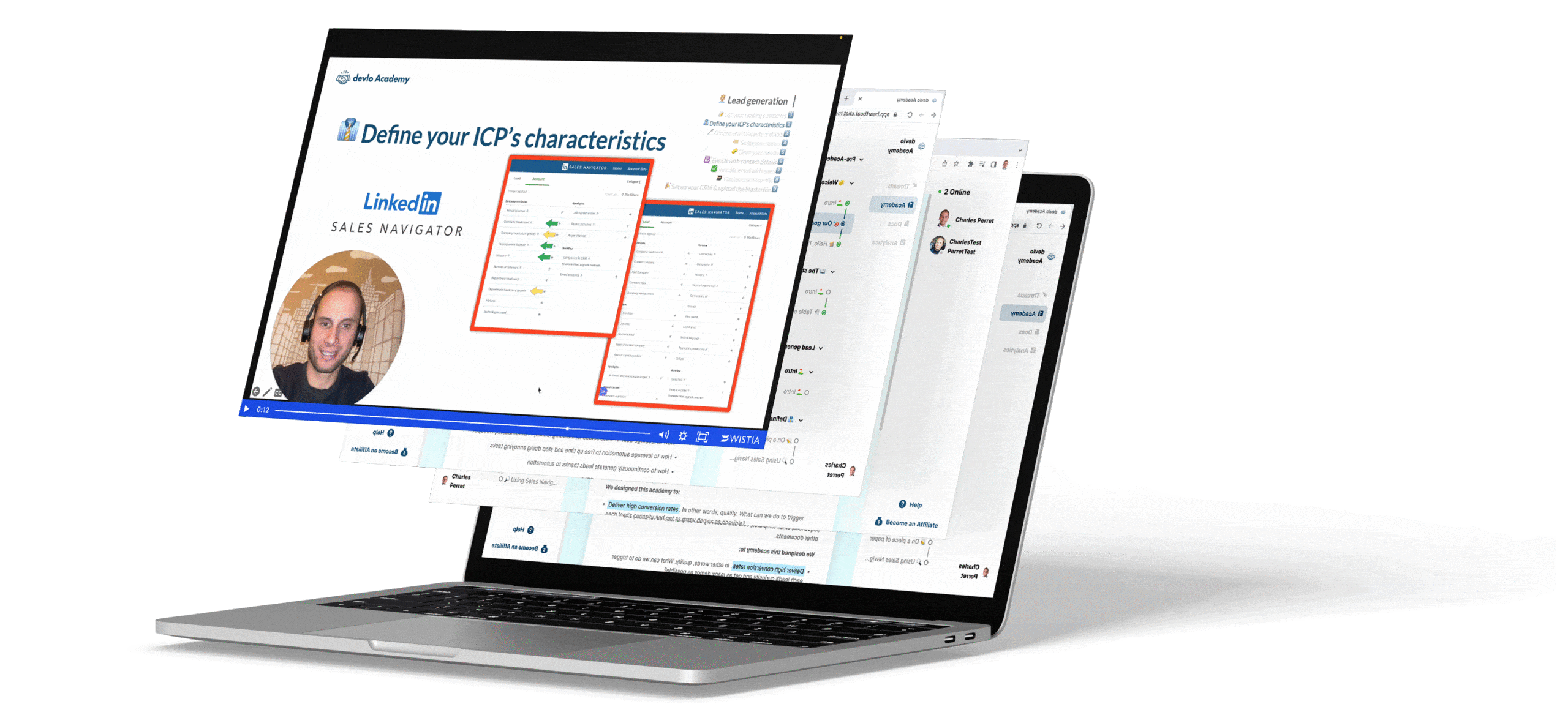About our client
This AI-driven technology company helps cities measure their cleanliness in real time to use their resources accordingly.
Ideal Customer Profiles
Political office holder or Head of Services/Technical Services in charge of Urban cleaning
Client’s Challenges
Our client didn't have time for:
- Identify the cities matching their qualification criteria.
- Within these cities, identify the most relevant decision-makers and generate their contact information to personalize the emails and LinkedIn messages with information available publicly (LinkedIn, website, news articles, etc.).
- Follow-up, cold call, and qualify/disqualify these leads.
Our solutions
- Account-Based Sales Done Right: Account-based Sales consist of a succession of cold outbound campaigns. Improving each campaign by learning from previous ones. Besides, these campaigns are multichannel: we use emails, cold calls, and LinkedIn messages to prospect our leads. For each account (AKA “company” or, in this case, “cities”),
- we identify the most relevant decision-maker, one city at a time, and we collect valuable information about them.
- our team develops ultra-targeted sequences to contact leading cities.
- Finally, our sales team prospects these cities via emails, cold calls, and LinkedIn messages. They then qualify interested leads and arrange a meeting with our client.
Our results
Out of the 500 new leads identified and contacted, our client received 71 positive replies for a meeting, thanks to this first outbound campaign. Here are the success metrics from our campaign:
- 78% open rate
- 3% click rate
- 36% reply rate
Key takeaways
- It’s essential to research to understand correctly who the target is
A specific position or role might have different responsibilities depending on the size and structure of the city. The goal was to target the relevant decision maker: not the supervisor or the big boss who delegates the task (and also whose calendar is packed), or the new joiner still in the learning process. - Tailor your pitch to each Ideal Customer Profile (ICP)
Once more, it was clear that certain statements would be overwhelming depending on the technical knowledge and background of the lead. Some pieces of information simply didn’t catch their attention. For example, we decided to mention an article of law for a certain type of prospect only. It was essential to adjust our message to their context as much as possible. - Flexibility to adapt to prospects' availability
We realized that many leads preferred to talk over the phone rather than exchange emails. Indeed, some of them are in the field during the day, and check their emails once a day. Our team was more proactive in calling them, even if it wasn’t how our outbound sequence was initially designed. - Get as much information as possible during qualification calls
During discovery calls, in which we qualify the interested leads, we iterate questions to find their pain points. We changed our process to ensure our client and their leads get the most value during the meeting, thanks to the answers we collected.
Reading time
10 mins
Published on
07 Mar 2024
Share this case study
Do you want more than 100 qualified appointments a year?
Let's define your winning lead generation strategy together.
Get a quote





